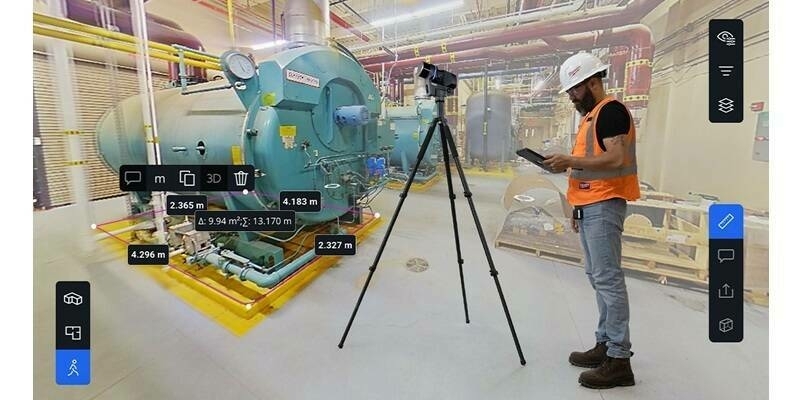Bruchsal, Germany, July 10, 2018 – Belgium, Croatia, Italy and Poland are four very diverse European retail markets, differing widely in terms of size, population, general purchasing power and product-line purchasing power. GfK’s studies on product-line purchasing power show that the spending potential for individual product groups varies significantly both within and between these countries.
GfK calculated the product-line purchasing power for 17 product groups in various European countries. The sum of the spending potential for the individual product lines corresponds to the retail purchasing power. Retail purchasing power is the portion of general purchasing power available for retail purchases at brick-and-mortar venues.
The share of general purchasing power available for retail purchases differs widely from country to country: With 47 percent, Croatians have the highest portion of general purchasing power available for retail spending, although the overall level of purchasing power is comparatively low. By contrast, Italy has more general purchasing power, but a lower portion available for retail spending at 28 percent. Italians thus have almost 2.5 times more general purchasing power than Croatians, but just around 1.5 times the retail purchasing power.
Food comprises the largest share of spending potential in brick-and-mortar retail: At 49 percent, Croatians spend almost half of their retail purchasing power on food, while Belgians spend 44.9 percent, Italians 44.6 percent and Poles 43.1 percent.
|
|
Belgium |
Italy |
Croatia |
Poland |
|
|
absolute value in € per inhabitant |
|||
|
purchasing power |
19,198 |
17,119 |
6,969 |
6,710 |
|
retail purchasing power |
7,232 |
4,716 |
3,278 |
2,427 |
|
product-line purchasing power: |
share of retail purchasing power as a % |
|||
|
food |
44.9 |
44.6 |
49.0 |
43.1 |
|
clothing |
9.8 |
13.2 |
10.5 |
11.2 |
|
consumer electronics |
4.7 |
3.0 |
2.7 |
5.1 |
|
watches & jewelry |
1.1 |
2.2 |
1.5 |
1.5 |
source: GfK Purchasing Power for Retail Product Lines 2017 for Belgium, Croatia, Italy and Poland
The large differences in general purchasing power in the considered countries are also reflected in the per capita potential for individual product lines: While Poles have just €1,046 per person for food, Croatians have €1,605, Italians €2,104 and Belgians €3,247. As such, the spending potential for food in Belgium is more than three times as high as in Poland.
It is insightful to compare product-line purchasing power not just between but also within the individual European countries, as this reveals more details about the regional distribution of potential. Below are some details about this distribution of potential with respect to Italy and the watches and jewelry product line.
Italy: North-south divide in spending potential
The clear discrepancy in the distribution of general purchasing power between northern and southern Italy is also mirrored in the distribution of potential for the various product lines. This contrast is most pronounced for the watches and jewelry product line.
Italy: Top 10 provinces for watches & jewelry
|
rank |
province |
inhabitants |
product-line purchasing power per inhabitant in € |
product-line purchasing power index (100 = national average) |
|
1 |
Milan |
3,218,201 |
150 |
145.4 |
|
2 |
Genoa |
850,071 |
145 |
140.5 |
|
3 |
Valle d'Aosta / Vallee d'Aoste |
126,883 |
135 |
131.4 |
|
4 |
Savona |
279,408 |
135 |
131.0 |
|
5 |
Trieste |
234,682 |
134 |
130.6 |
|
6 |
Bologna |
1,009,210 |
132 |
128.8 |
|
7 |
La Spezia |
220,698 |
130 |
126.8 |
|
8 |
Monza e della Brianza |
868,859 |
130 |
126.1 |
|
9 |
Pavia |
547,251 |
130 |
125.9 |
|
10 |
Lecco |
339,238 |
128 |
124.4 |
source: GfK Purchasing Power for Retail Product Lines 2017, Italy
All of the top-ten provinces are located in northern Italy. With €150 per person, the modern metropolis of Milan has t.he most purchasing power for watches and jewelry. As such, Milan inhabitants have 45 percent more spending potential for this product group than the national average.
The provinces with the least purchasing power for watches and jewelry are located in southern Italy. Last place goes to the Sicilian province of Agrigento, which has a per capita purchasing power of €66. This equates to around 36 percent less than the national average.
Subscribe to our newsletter
Stay updated on the latest technology, innovation product arrivals and exciting offers to your inbox.
Newsletter

